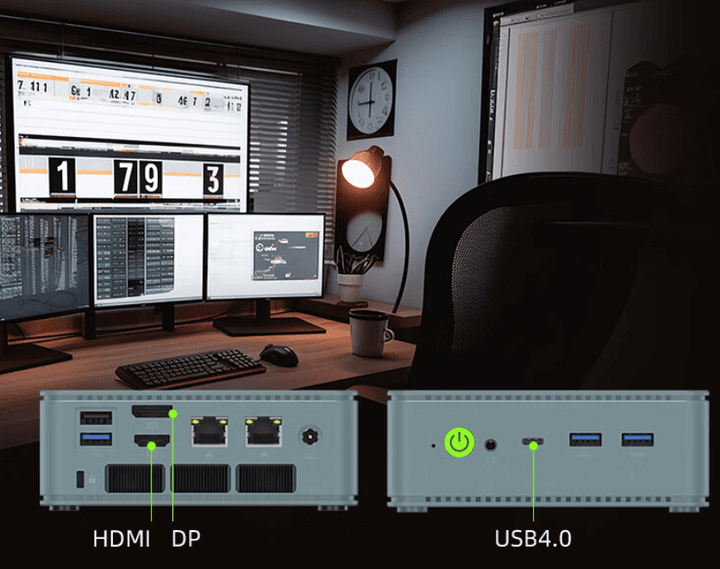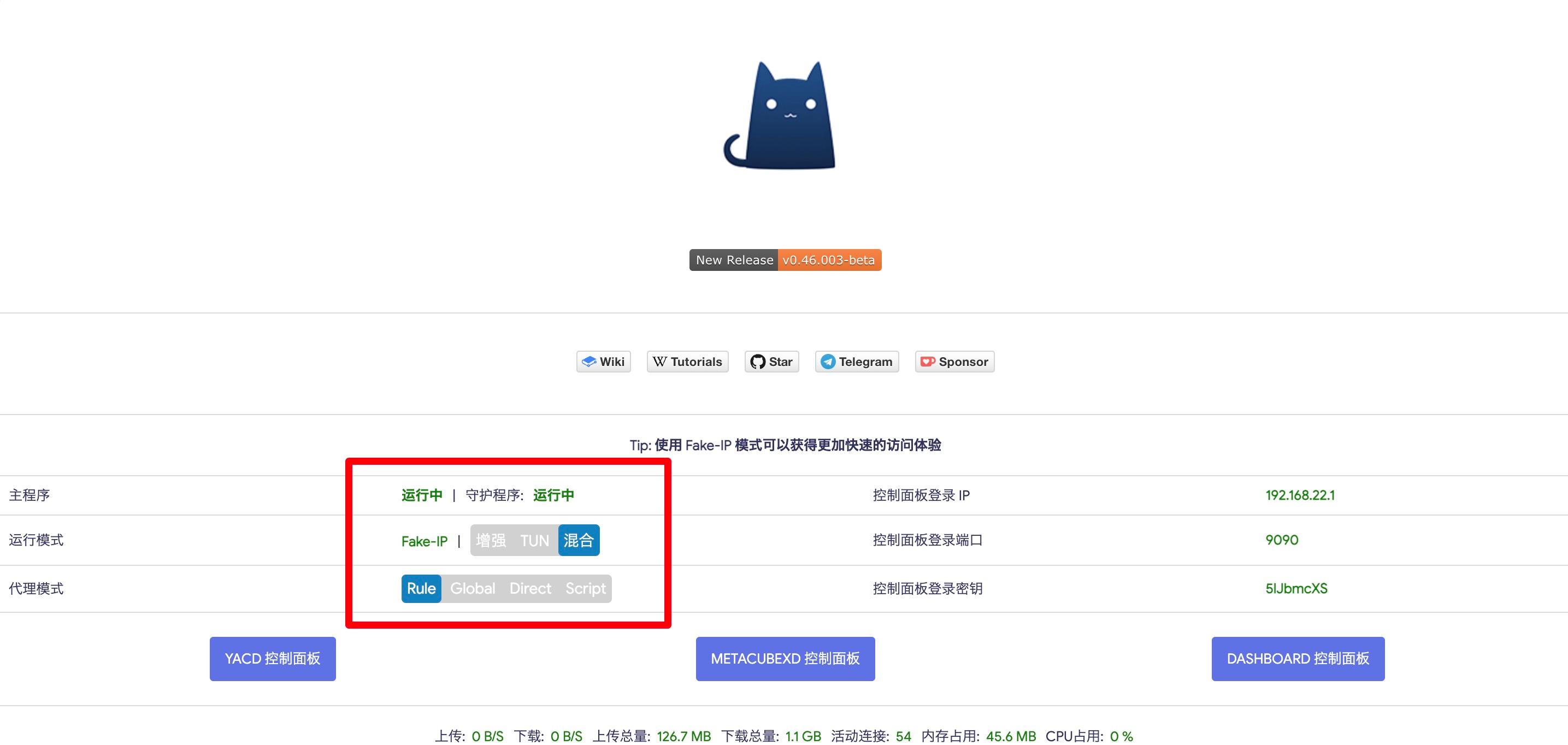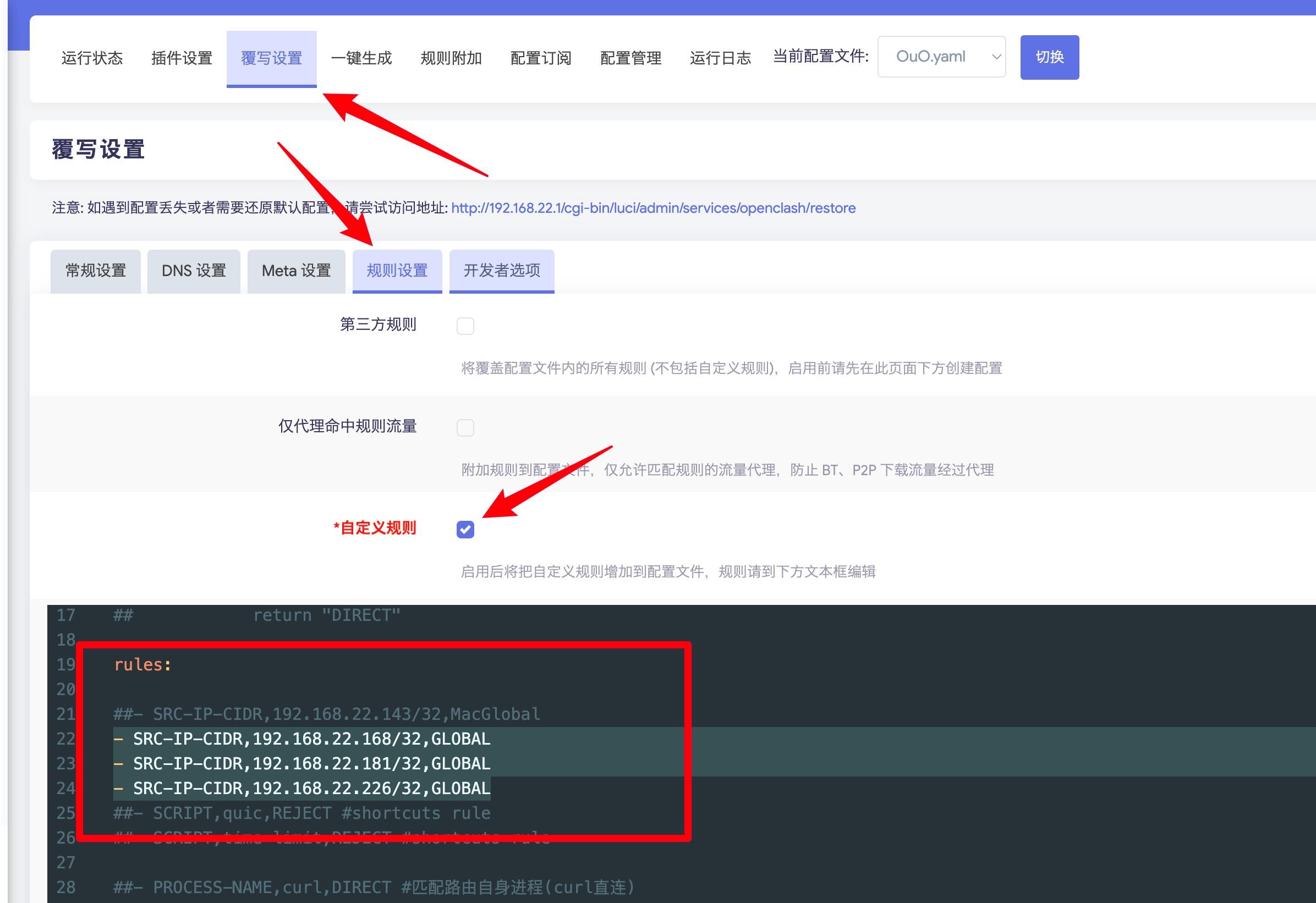Preface:#
To be honest, I have bought quite a few computers and electronic products in recent years. In 2019, I bought a gaming laptop and a second-hand office laptop. In 2020, I assembled my first desktop computer and followed someone else's tutorial to build a computer for only 100 yuan. I also bought a second-hand MacBook Pro 2019 base model (I saw a video with lyrics displayed on the Touch Bar and a great atmosphere, so I bought it on impulse). At the end of the year, I bought a MacBook Pro with the lowest configuration of the M1 chip. In 2021, I bought a Redmi ultrabook (I thought it was Xiaomi at the time). In 2022, I bought a MacBook Pro with the M1 Pro chip and a desktop computer with an i5-12600KF and 3070TI. In 2023, I bought another desktop computer for playing small games and simple office work. In 2024, I got a JimoKe K6 mini host.

During this period, I watched videos by Sibotu and bought a mini host to run Hackintosh. I also bought a Raspberry Pi and moved houses multiple times, so I have several routers. I also have some mouse, keyboard, and other accessories, mouse pads, cooling brackets, headphones, hard drives, external hard drive enclosures, monitors, etc.
Currently, I still have some remaining accessories, including the desktop computers from 2020, 2022, and 2023, the MacBook Pro with the M1 Pro chip, the mini host I bought while following Sibotu's tutorial, and the JimoKe K6 mini host I bought this year. I plan to use this mini host as a software router (already successful), with PVE system as the front-end. I installed Ubuntu on it for tinkering, so I don't have to open virtual machines for billing and timing.
Notes on Getting Started:#
I don't know why, but one day I suddenly had the idea of buying a mini host and playing around with it (maybe because I've been too idle recently and feel uncomfortable without tinkering). So I compared the parameters and prices of various hosts and chose the JimoKe K6 with 32GB RAM and 500GB hard drive because it's better to have more memory for running virtual machines, and I don't even use up 16GB in normal use.
First of all, there are more tutorials about this on Bilibili. Here, I found a video series about building an All In One system:
The three video tutorials are quite detailed, from installing the PVE system to installing OpenWRT, Windows, Ubuntu, Mac, and Synology NAS, as well as optimizing the PVE system. The pace is also fast, and you can learn it by following the operations once. The OpenWRT image provided by the uploader contains many plugins, including the Open Clash plugin we need.
You can learn how to configure Open Clash from Not So Bad Lin's YouTube channel:
If you ask me why bother setting up a software router for bypassing the Great Firewall when there are proxy software like Clash for Windows and V2rayN, I couldn't understand it at first either. But when I finished configuring the entire router and connected my phone and computer to the network, I felt a sense of freedom and liberation while doing daily operations like searching on Google and watching YouTube. Recently, I was deeply moved by this sentence: https://github.com/nashsu/FreeAskInternet The project introduction says, "If you cannot use this project normally, it is likely that there is a problem with your IP or you cannot access the Internet freely."
Pitfalls:#
First of all, OpenWRT. According to the Bilibili video mentioned above, when installing the PVE system, you will choose a network port. For example, if I have two network ports, I will configure network port 1 for the PVE system and set the gateway to 192.168.22.1 (the IP of OpenWRT). Then, when installing the OpenWRT system, the IP of OpenWRT will be set to 192.168.22.1. At this time, one end of the network cable is connected to the computer and the other end is connected to network port 1 of the mini host. After installing OpenWRT, the other network port needs to be plugged into the router or modem to access the Internet. You will find that everything is still working fine, but if you restart the mini host, you will find that you cannot access the Internet and cannot obtain a local IP. You just need to swap the two network cables to solve the problem. I don't know why this problem occurs.
Another issue is installing Windows. Maybe I didn't optimize it, but after installing Windows 10, the CPU usage is around 10-30% when idle. As for Ubuntu, when installing it, you will choose the minimal installation and add some features. There will be an option to update Ubuntu below, and if you check it, the system will update and prompt you to restart. However, you will find that the system gets stuck at that point.
I couldn't control the shutdown and pause functions in the PVE console, so I had to forcefully cut off the power.
Configuring Open Clash to Use Global Proxy for Specific Devices#
If you follow Not So Bad Lin's video configuration, it should look like this by default:

In mixed running mode, the proxy mode follows the rules. For devices like my desktop computer and phone, whether playing games or watching Douyin, they need to have direct access to domestic websites. When I'm tinkering with my Mac computer, I use global proxy so that some websites or IPs can be accessed faster. However, the rules won't be applied in these cases, and it's troublesome to add them one by one. If you have a similar situation like mine, where some devices follow the rules and some devices need to use global proxy, you can directly add the following code under "rules:" in Custom Rules in the Override Settings - Rule Settings:
- SRC-IP-CIDR,192.168.22.168/32,GLOBAL
- SRC-IP-CIDR,192.168.22.181/32,GLOBAL
- SRC-IP-CIDR,192.168.22.226/32,GLOBAL

Change the IP to the IP of your device, and then scroll to the bottom and click "Apply Configuration." Don't modify the "/32" at the end. For example, you can modify it to 1, 2, or 3, but all devices under the gateway will use global proxy. I'm not sure why it's "/32," but I only know that it works this way.
By default, the DHCP lease is set to 12 hours. I'm not sure if it will assign different IPs after the lease expires, but you can directly bind a fixed IP to the MAC address:

Summary:#
First, install OpenWRT in the PVE system. You may encounter a situation where the PVE system has no network. In that case, I changed the DNS server to the IP of OpenWRT, and then there was no problem. As for the network port issue, originally, network port 1 was for accessing the uncensored internet, and network port 2 was for connecting to the internet. However, after restarting, the two network ports switched their roles. Another issue is when installing Ubuntu, if you choose to update the system, it will get stuck during the installation. Windows 10 consumes a lot of resources, so I installed Ubuntu in a virtual machine on a VM software and found some optimization options. These options may also be available in the PVE system, so I will study them when I have time.
Let me share my network setup. It's best to have network cables of different colors so that you know what each color is used for. First, I use one network cable to connect the mini host to the modem to provide network access to the mini host. Then, I use another network cable to connect the mini host to the router. The router is set to relay mode, so whether it's Wi-Fi or devices connected to the router's network port, they will be assigned an IP and gateway by OpenWRT, and the network traffic will go through OpenWRT. Finally, I connect my PC and laptop to the router with network cables to achieve uncensored internet access. If someone who understands this aspect has read my article, can you tell me if my mini host plays the role of a software router or a bypass router?